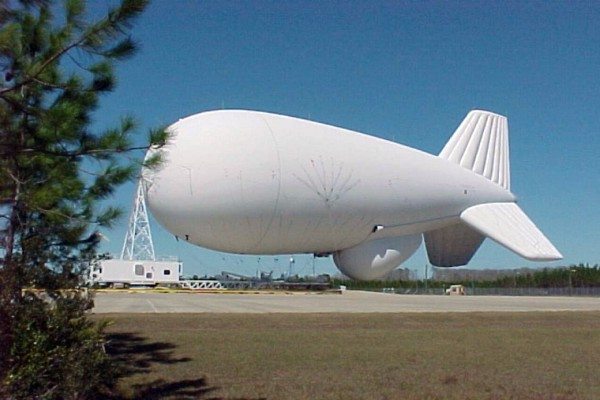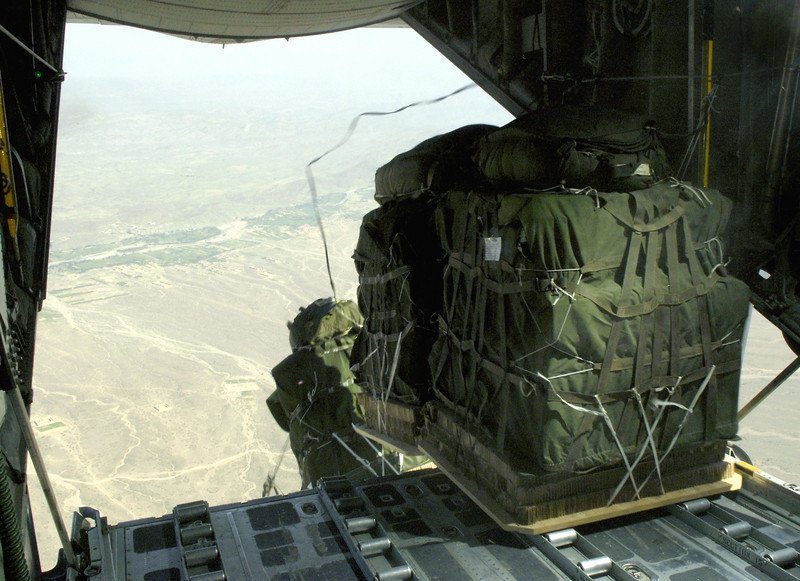Raytheon Company’s aerostat system – Joint Land Attack Cruise Missile Defense Elevated Netted Sensors (JLENS) – recently completed a successful endurance test.
“Providing long endurance surveillance for cruise missile defense is a very important capability of JLENS,” said David Gulla, vice president for Global Integrated Sensors at Raytheon Integrated Defense Systems (IDS). “This recent test demonstrates JLENS’ ability to stay aloft for extended periods performing its surveillance mission at lower costs than other systems and in a reliable manner. This test, along with others, is proving JLENS’ value as an important component of the larger integrated air and missile defense mission.”
Raytheon is conducting JLENS flight tests at the Utah Training and Test Range near Salt Lake City. The system is primarily designed to detect, track and support engagements of cruise missiles and other air breathing aircraft, but is fully capable of detecting air, missile and surface threats. Providing reliable persistent surveillance — staying aloft and operational for up to 30 days at a time — is another important feature of the system.
A JLENS “orbit” consists of two tethered 74-meter aerostats that can be elevated to 10,000 feet. One aerostat contains a surveillance radar that provides 360-degree coverage out for long distances depending on terrain. The other aerostat lifts a fire control radar. Also, each of the aerostat platforms can integrate other communications and sensor systems.
Raytheon Company, with 2010 sales of $25 billion, is a technology and innovation leader specializing in defense, homeland security and other government markets throughout the world. With headquarters in Waltham, Mass., Raytheon employs 72,000 people worldwide.











